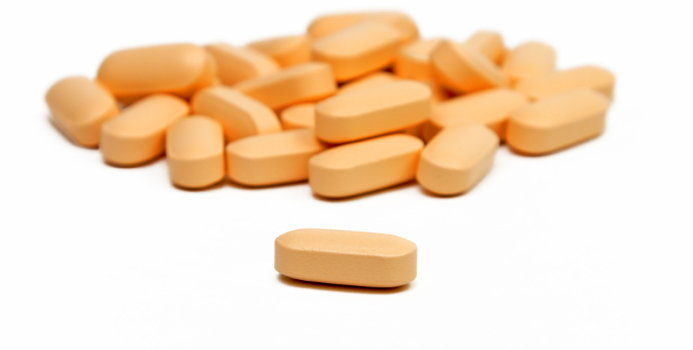Pantothenic acid is popularly known as vitamin B5. This water-soluble vitamin acts as an antioxidant and plays a very important role in the decomposition of carbohydrates, fats and proteins. In addition, it is used in the production of several enzymes and helps the central nervous system to communicate with the brain. It has a broad role in the human body, so preventing pantothenic acid deficiency is very important.
Forms of Pantothenic Acid and Therapeutical Values
Pantothenic acid can be found in three forms:
- Calcium pantothenate
- Panthenol
- Vitamin B5
Panthenol is the provitamin of B5, and because it has moisturizing properties, it is frequently included in cosmetic products. Skin is able to assimilate panthenol quickly. Because it can be quickly absorbed, it is included in numerous ointments for sunburns and minor skin disorders. Besides moisturizing the skin, it is also able to relieve itch and inflammation.
Calcium pantothenate is mainly used in the treatment of acne, but it also has many other functions. More precisely, it is able to:
- Reduce stress levels
- Regulate cholesterol levels
- Improve athletic performance
- Improve the immune system
- Promote weight loss
- Alleviate headaches
- Improve the symptoms of arthritis
Besides that, calcium pantothenate helps in the prevention of hair loss and cardiovascular diseases.
Vitamin B5 shares several beneficial effects with the other two pantothenic acid forms. Therefore, it is also used to heal wounds. Diabetic ulceration and testicular torsion are other health conditions that can be improved with pantothenic acid.
Recommended Daily Intake
The recommended daily intake increases with age:
- 1.7 mg for infants aged 0 to 6 months
- 1.8 mg for infants aged 7 to 12 months
- 2 mg for children aged 1 to 3 years
- 3 mg for children aged 4 to 8 years
- 4 mg for children aged 9 to 12 years
- 5 mg for adult men and women aged 13 and more
Pregnant women have greater pantothenic acid requirements, as the recommended daily intake is 6 mg. This intake increases to 7 mg in the case of breastfeeding women.
Sources of Vitamin B5
As pantothenic acid is found in numerous foods, developing a vitamin B5 deficiency is very difficult. Some of the most popular sources include:
- Cheese
- Corn
- Eggs
- Liver
- Meats
- Peanuts
- Peas
- Soybeans
- Wheat germ
The following are less popular, and at the same time, better sources of pantothenic acid:
- Avocado
- Beef
- Brewer's yeast
- Broccoli
- Cauliflower
- Chicken
- Duck
- Egg yolks
- Kale
- Lentils
- Milk
- Mushrooms
- Sweet potatoes
- Sunflower seeds
- Tomatoes
Processed food contains smaller amounts of pantothenic acid, as heat and canning destroy most of it. In addition, you have to keep in mind that most fruits and vegetables contain insignificant amounts of vitamin B5, so it is best to focus on the foods listed above as the main sources.
Side Effects and Toxicity of Pantothenic Acid
When taking more than the recommended daily intake of pantothenic acid, several side effects can be observed. The most frequent are: depression, diarrhea, drowsiness, fluid retention, lack of energy, memory loss and nausea. In order to avoid such adverse reactions, it's a good idea to talk to a health care provider before starting pantothenic acid supplementation.
As pantothenic acid is a water-soluble vitamin, there is no risk of toxicity. The side effects listed above represent the worst that can happen when taking high doses of vitamin B5.



